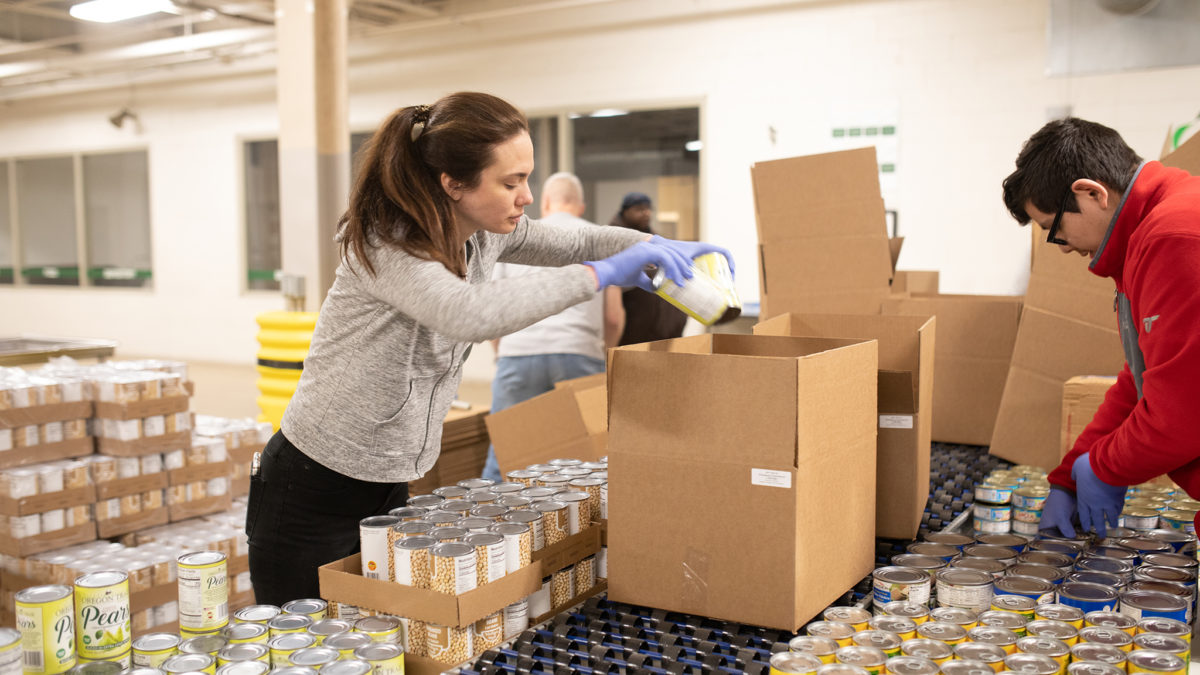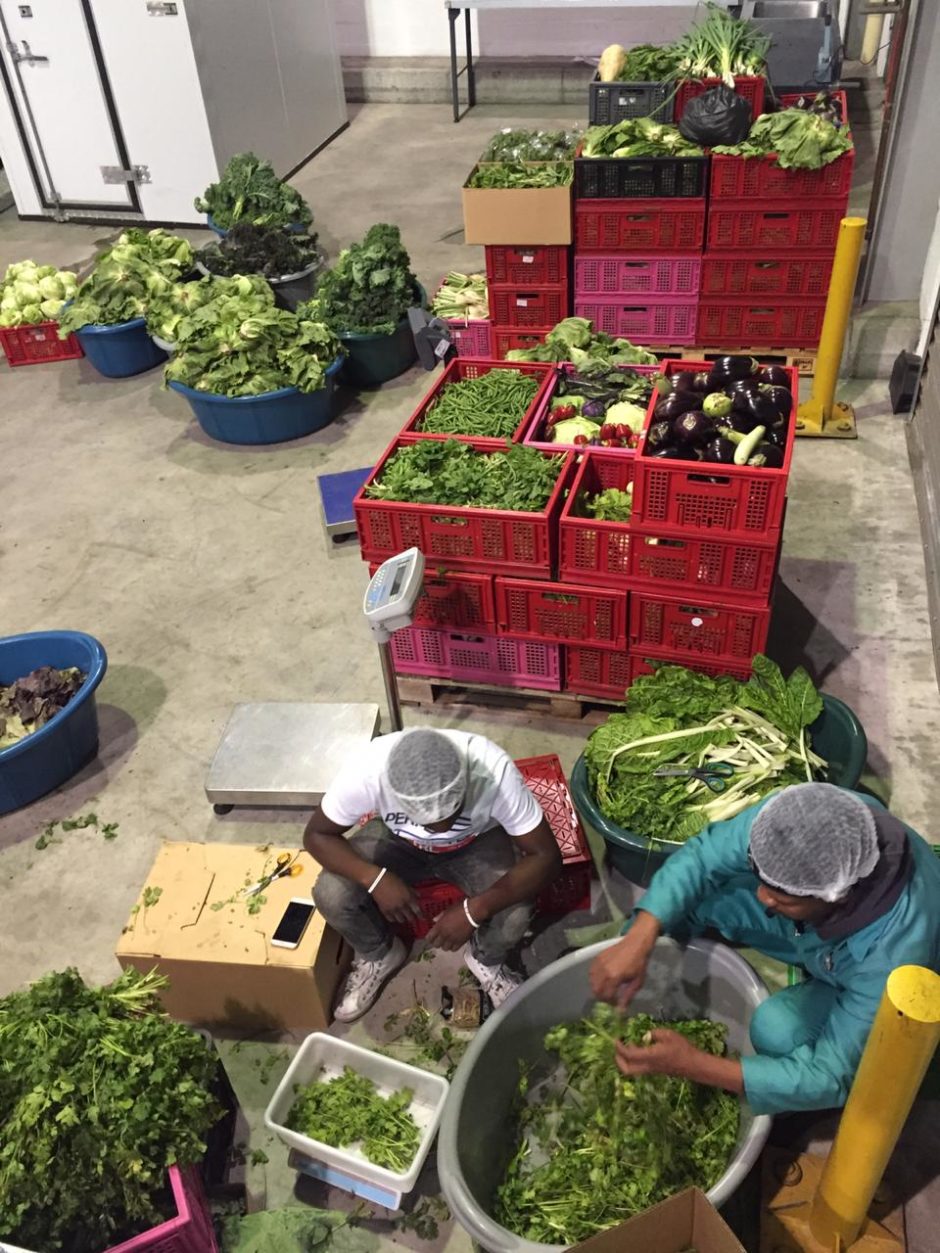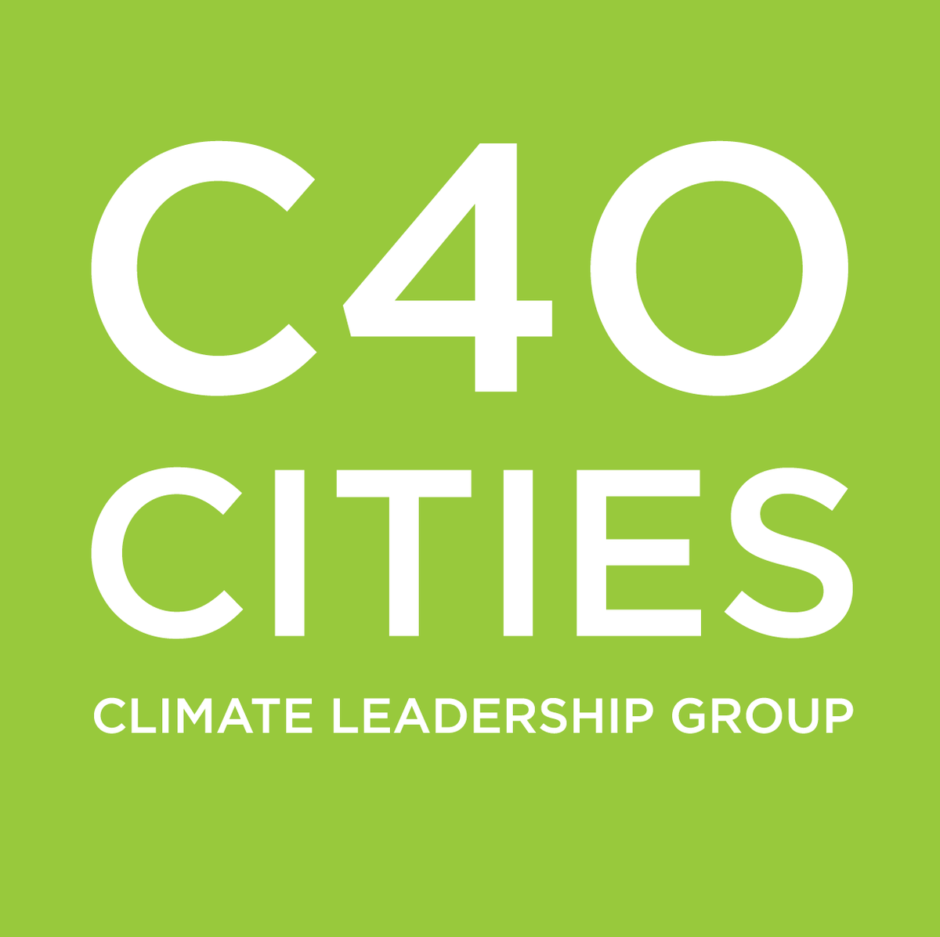
Cities around the world are turning to their peers in the fight against COVID-19. The C40 Food Systems Network, delivered in partnership with EAT, has been working during the pandemic to support local governments to manage the immediate food crisis as well as to prepare them for the longer-term recovery phase that will follow. Participating cities share knowledge and discuss common challenges during weekly webinars, an online platform, and a group chat made available by the Network. The communication channels enable real-time exchange of information, helping cities co-develop solutions to the situation.
The critical role local governments play in ensuring food security has been amplified by COVID-19. Governors, mayors, and local authorities work closest to the affected communities and groups at risk, becoming the front line keeping basic services running and a steady food supply. “Local governments are the ones taking care of food security during the crisis,” says Stefania Amato, Food Systems Network Manager at C40. “While financial support schemes, like food vouchers, come from a higher level of government, the implementation of programs remains under the cities.”
The critical role local governments play in ensuring food security has been amplified by COVID-19.
“National governments need to recognize this critically important fact, and make sure local authorities are enabled and supported,” adds Olav Kjørven, Chief Strategy Officer at EAT. “Aligning policies and support systems across the key sectors of agriculture, food, health, social protection, and education is of particular importance to… allow local authorities to enable and scale access to affordable, nutritious food for those in need.”
As local governments increasingly assume a leadership role in response to the pandemic, we take a look at the actions taken by members of the C40 Food Systems Network—a cohort of 54 cities working to develop food-sensitive solutions that result in carbon reductions, enhanced climate resilience, equity, and health benefits. The Network has served as a platform for cities to unite against COVID-19, sharing experiences, resources, and solutions, quickly. Amato explains that “Barcelona, Milan, and Seattle connected to discuss responses targeted towards vulnerable groups and improving the food supply chain, while Dar es Salaam and Lagos exchanged information to repurpose schoolyards into markets across underserved neighborhoods.”

Innovation in adversity to respond to COVID-19
In March 2020, the dramatic arrival of COVID-19 sparked a series of challenges for cities, who immediately faced disruptions within the food supply chain. Measures were taken to minimize supermarket congestion as well as panic-induced hoarding. Food markets experienced a shift in demand favoring basic products with a long shelf life and ultra-processed foods, while stay-at-home guidelines prompted people to rely on online food shopping and home delivery.
Most notably, cities experienced a rapid increase in the number of vulnerable populations as unemployment increased, and the livelihoods of daily wage earners became disrupted by lockdown measures. Where adequate social safety nets were lacking, the first priority became to re-direct efforts to assist those requiring food aid.
In Milan, 10 temporary food hubs were established to assist the most vulnerable, feeding nearly 16,000 citizens per week. The city also hired furloughed employees from education cooperatives to pack and deliver goods to vulnerable groups.
In New York City, the NYC Food Delivery Assistance Program contracted large catering services to supply food to at-risk communities. In order to reach those in need, the city hired more than 11,000 taxi drivers, who would otherwise be unemployed during the pandemic, to provide home delivery. Schools were repurposed to distribute free meals and food boxes, providing 400,000 meals a day to anyone who needs it (no ID required). As of May 22, New York City is aiming to increase the number of meals served per day from 1 million to 1.5 million; the city has provided over 32 million meals during the crisis.
Market associations, non-profits, faith-based organizations, and volunteers have been mobilized to deliver food aid.
Meanwhile in Curitiba, the city began transferring an additional 70 reais to families enrolled in the pre-existing Bolsa Familia program, to be used as food credits in local markets. As a result, 120,000 children are now receiving extra support to cover food expenses.
A common thread, throughout these and other examples, has been the establishment of new partnerships with emerging food “champions.” Market associations, non-profits, faith-based organizations, and volunteers have been mobilized to deliver food aid. While the actors differ from city to city, the partnerships established could open opportunities to both recover from COVID-19 and become more resilient. “This is where C40 is at the core of the discussion with some cities, thinking of how to formalize these partnerships and use them as a foundation for a food council that is not in place yet,” says Amato.

Looking ahead: Building resilient urban food systems for tomorrow
While cities continue to respond to the priority needs of their residents, the pandemic has cast a spotlight on the longer-term implications that will follow. The Network’s first discussions about the re-opening and recovery phases served as a forum to share learnings and ideas among members. A mapping exercise, facilitated by the coordinating group at C40, enabled the identification of common challenges and ambitions among the cities and offered the following lessons going forward:
- Emergency food procurement powers can be used to deliver balanced and nutritious food, reflective of the culture, geography, and demography of citizens, in line with the goals of the Good Food Cities Declaration. Cities can ensure healthy and sustainable meals or food boxes by using fresh produce in addition to (or in substitution of) ready-to-eat, highly processed foods, and by providing legumes and other plant-based options as proteins.
- Food aid can also be a powerful tool to revitalize the local food and hospitality industry by forging new alliances with restaurants, farmers, delivery services, and other businesses that can provide the resources needed to setup emergency food aid systems. Johannesburg has procured fresh food items from local food producers to distribute to vulnerable city dwellers. Lisbon has linked farmers with excess and unsold produce (originally destined for now-closed restaurants) to their distribution system, helping local producers and small businesses stay afloat.
- For a sustainable recovery of the local food system, support businesses that provide good food to communities and transform the food environment to make healthy and sustainable food the easier, cheaper, and available option for citizens. One example to build on could be the Los Angeles Good Food Zones Policy, a place-based strategy that works to expand access to healthy food in the city’s’ food deserts while creating jobs for low-income residents.
- The newly established partnerships set forth opportunities to improve urban food systems governance. The unprecedented coordination and rallying of both public and private actors can serve as building blocks to launch new governance bodies, such as food policy councils, or ease the way into new mechanisms that can create the environment for future collaborations.
“The next step for the Network is to determine whether a food lens could be added to the 15-minute city concept, which has proven useful to address disruptions in mass transit,” says Amato. “The goal would be to use the concept to assess what is missing and kickstart initiatives, whether it’s food outlets, composting sites, or soup kitchens.”
The unprecedented coordination and rallying of both public and private actors can serve as building blocks to launch new governance bodies, such as food policy councils
As the crisis heightens, cities will continue to take on a leadership role to protect the health and well-being of their residents. The World Food Programme predicts that 13 million people living in urban areas of Southern Africa will need food assistance by the end of this year, while in New York City alone nearly 1 in 4 people lacks access to food. According to Amato, maintaining the diversification of supply channels established during the pandemic, as well as creating the policy environment so that financial support is redirected to good food, will be some of the initial steps to build back better and create resilient urban food systems.
“It is increasingly clear that many cities around the world are showing the way in addressing critical food system challenges,” says Kjørven. “It is therefore of paramount importance to bring the voice of cities and their lessons learned on the vanguard of change—to the UN Food Systems Summit. EAT will do everything we can to help make this happen, and I believe we are making progress.” The science has made it clear that we need urgent transformation of our food systems. Kjørven adds, “cities are emerging perhaps as the most promising change arena.”
To learn more about how cities are responding to COVID-19, visit the C40 Knowledge Hub, which includes a dedicated COVID-19 Portal with practical resources for city officials and other food system actors.
This article has been co-authored with C40. For more information, please visit the C40 website.
